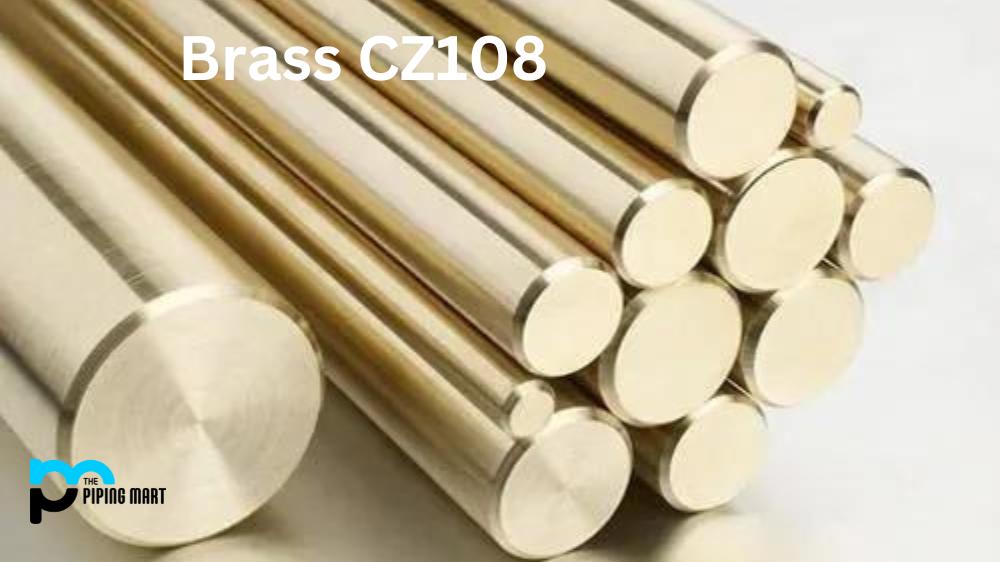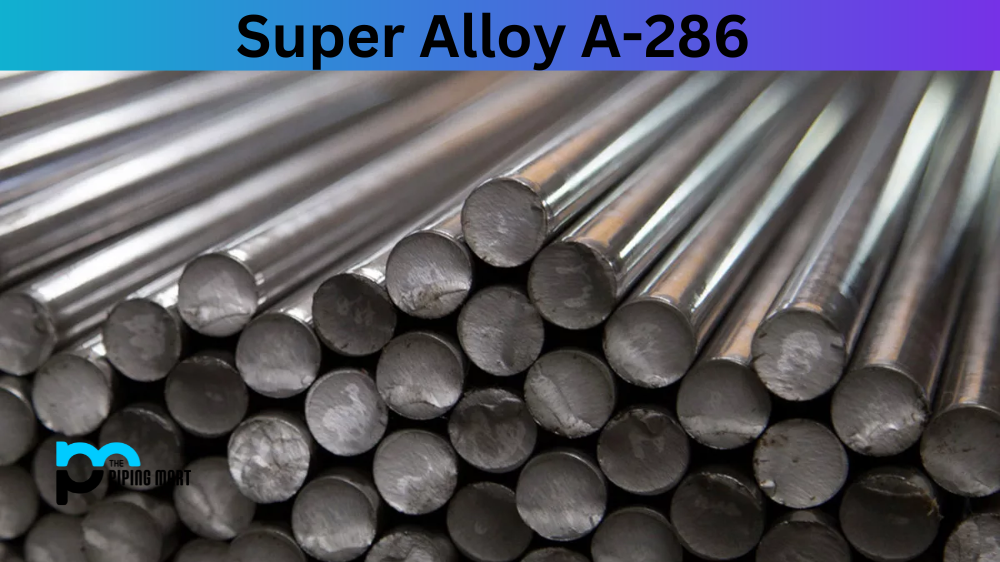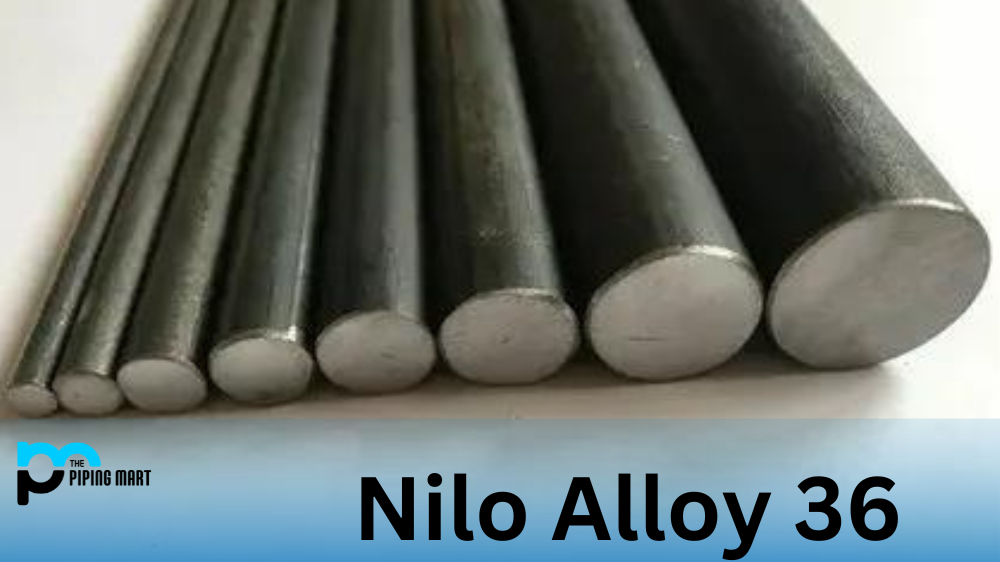This blog post will discuss everything you need about brass CZ108 composition, mechanical and physical properties, uses, corrosion resistance, heat treatment, machining, and welding.
What is Brass CZ108?
Brass CZ108 is an alloy commonly used in engineering and construction applications due to its excellent machinability, corrosion resistance, and attractive aesthetics. It is a brass alloy composed of copper, zinc, and small amounts of lead and tin. Brass CZ108
Brass CZ108 Composition
Brass CZ108, also known as CW508L, has a composition of 60% copper, 39% zinc, 0.06% lead, and 0.020% tin. This composition makes it a versatile alloy with good mechanical properties and excellent machinability. The small amounts of information improve the alloy’s machinability without compromising its strength and other properties.
|
Chemical Element |
% |
|
Cu |
62.00 – 64.00 |
| Al | 0.0 – 0.05 |
| Fe | 0.0 – 0.10 |
| Pb | 0.0 – 0.10 |
| Ni | 0.0 – 0.30 |
| Others (total) | 0.0 – 0.10 |
| Sn | 0.0 – 0.10 |
|
Zn |
Balance |
Brass CZ108 Mechanical Properties
The mechanical properties of brass CZ108 are impressive, making it an ideal material choice for many engineering applications. It has a tensile strength of 430-600 MPa, 180-350 MPa yield strength, and an elongation of 10-38%. Its hardness ranges from 80-135 HV. These properties make brass CZ108 an excellent choice for manufacturing various components such as fasteners, valves, bearings, and electrical components.
|
Property |
Sheet |
Tube |
|
Tensile Strength |
300 – 550 MPa |
440 Min MPa |
|
Proof Stress |
110 – 500 MPa |
320 Min MPa |
|
Elongation A50 mm |
38 – 3% |
10 Min % |
|
Hardness Vickers |
55 – 180 HV |
115 Min HV |
| Hardness Brinell | – | 110 Min HB |
Brass CZ108 Physical Properties
Apart from its mechanical properties, brass CZ108 possesses excellent physical properties. It has a density of 8.52 g/cm³, a melting point of 890-930℃, and a thermal conductivity of 118 W/(m. K). It also has excellent electrical conductivity, making it ideal for manufacturing electrical components.
|
Property |
Value |
|
Density |
8.44 kg/m3 |
|
Melting Point |
916°C |
|
Modulus of Elasticity |
103.4 GPa |
|
Thermal Conductivity |
116 W/m.K |
|
Thermal Expansion |
20.5×10-6 /°C |
Brass CZ108 Equivalents
|
CEN |
BS |
UNS |
ISO |
|
CW508L |
CZ108 |
C27200 |
Brass CZ108 Uses
Brass CZ108’s versatility makes it valuable in many applications. The alloy’s excellent machinability, coupled with its excellent corrosion resistance and strength properties, make it perfect for manufacturing various components. It is commonly used to manufacture fasteners, valves, bearings, electrical components and plumbing fixtures.
Brass CZ108 Corrosion Resistance
Brass CZ108 has excellent corrosion resistance, especially in marine environments. Its resistance to corrosion makes it a reliable material for construction and marine engineering use. The alloy’s corrosion resistance is due to its high copper content, forming a protective patina layer over time.
Brass CZ108 Heat Treatment
Brass CZ108 has low thermal conductivity, making it difficult to heat treat using conventional methods. However, it can be hardened through cold working, which increases its mechanical strength, hardness, and wear resistance.
Brass CZ108 Machining
One of the main advantages of brass CZ108 is its excellent machinability. The low melting point and malleability of copper make it easy to machine using various techniques, such as milling, turning, and drilling. However, the high zinc content in the alloy can lead to material adhesion to the cutting tools, which requires proper lubrication to reduce tool wear.
Brass CZ108 Welding
Brass CZ108 can be welded using techniques such as oxyacetylene welding, gas tungsten arc welding, and gas metal arc welding. Before welding, the alloy must be cleaned thoroughly to remove contaminants that can cause weld porosity.
Conclusion
Brass CZ108 is a versatile and durable alloy with excellent mechanical and physical properties that make it ideal for various engineering and construction applications. The alloy’s machinability, corrosion resistance, and strength make it valuable in manufacturing different components. Its low melting point enables easy machining, while its excellent corrosion resistance ensures reliable performance in marine environments. Proper lubrication when machining and good cleaning before welding can help increase its reliability further.

A passionate metal industry expert and blogger. With over 5 years of experience in the field, Palak brings a wealth of knowledge and insight to her writing. Whether discussing the latest trends in the metal industry or sharing tips, she is dedicated to helping others succeed in the metal industry.




